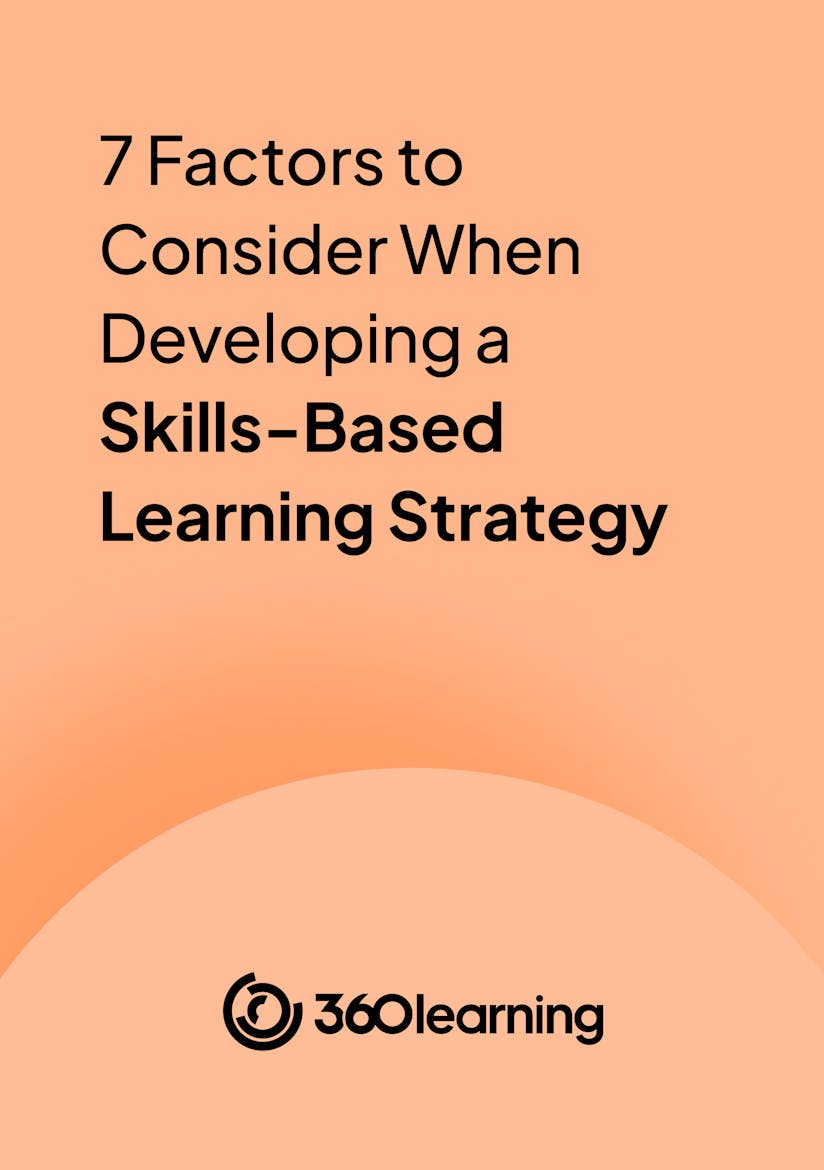Chapter 2: L&D Teams Know the Skills in Their Organization, but Employees Still Lack Clear Upskilling Paths
In the previous chapter, we stated that globally, many organizations are now emphasizing upskilling and reskilling to fill job vacancies effectively. However, the cornerstone of this strategy lies in L&D teams being able to identify the existing skill pool, map skills to employees, and pinpoint areas where skills are lacking, so that L&D can effectively deploy upskilling and reskilling programs. So, what does the survey data tell us?
While talent teams stated that they have a lack of skills assessment in their workforce, the L&D professionals we surveyed said they did in fact have a comprehensive understanding of the skills present within their organization, including any potential gaps, with over two thirds of respondents in all the countries expressing confidence in their awareness.
On the surface, this is great news. With a good grasp of current skills and gaps in their company, L&D departments should be able to run upskilling and reskilling programs that help plug those gaps and prepare their workforce for the future. Yet, when learners were asked about their career visibility, most disagreed that clear skill and career development paths were in place for them.
When learners were asked about their career visibility, most disagreed that clear skill and career development paths were in place for them.
In the UK, only 34% of learners said they have visibility regarding potential career advancements within their company and the necessary steps to attain them, with similar trends observed in the US and France. It’s only in Germany that we see a marginally improved scenario, with 41% of German learners possessing visibility of their next career steps.

Although employers exhibit a relatively robust understanding of their organizational skills, the lack of clear visibility for employees regarding their next career steps raises concerns. The disparity points to potential shortcomings in L&D teams being able to effectively implement and communicate upskilling and reskilling strategies that help employees to pave their career paths forward.
The disparity points to potential shortcomings in L&D teams being able to effectively implement and communicate upskilling and reskilling strategies that help employees to pave their career paths forward.
A key factor in implementing these strategies comes down to effective internal knowledge sharing and peer learning—and it appears that companies in the countries we surveyed have achieved varying results.
When asked how effective the organization had been in upskilling them with the local knowledge held by more experienced colleagues when moving roles internally, almost two-thirds of global respondents found the knowledge transfer inadequate.

As L&D leaders, it’s important to shed light on the learner perspective when it comes to upskilling and reskilling. Today, employees view their career trajectories as nonlinear journeys, marked by exploration of various assignments and projects, and fueled by the exchange of knowledge with colleagues. Indeed, employees actively seek clear career paths and visibility, expecting employers to provide guidance and support in this aspect.
Failure to recognize this need, organizations are likely to face employee retention challenges. Across the board, our survey data suggests that there is a direct correlation between employees not having visibility of their next steps and their inclination towards leaving the organization to look for job opportunities elsewhere.
Our survey data suggests that there is a direct correlation between employees not having visibility of their next steps and their inclination towards leaving the organization to look for job opportunities elsewhere.
Employee’s experiences during upskilling processes and the level of peer learning promotion also significantly impact their career satisfaction, and to foster a motivated and loyal workforce, It’s clear that organizations need to focus on bridging the gap between perceived skills and career visibility, aligning employer insights with employee aspirations.
What does this look like in reality? By addressing these disparities and focusing on more effective communication of growth opportunities, seamless upskilling experiences, and active support for peer-driven learning initiatives, organizations can cultivate an environment where both employer and employee perspectives converge harmoniously, propelling professional growth and organizational success.
Next chapter - Skills-Based Learning: Skills-Based Learning Solutions are Closing Skills Gaps Faster Than Ever

Guarantee a successful move to skills-based L&D
By providing your contact info, you agree to receive communications from 360Learning. You can opt-out at any time. For details, refer to our Privacy Policy.

